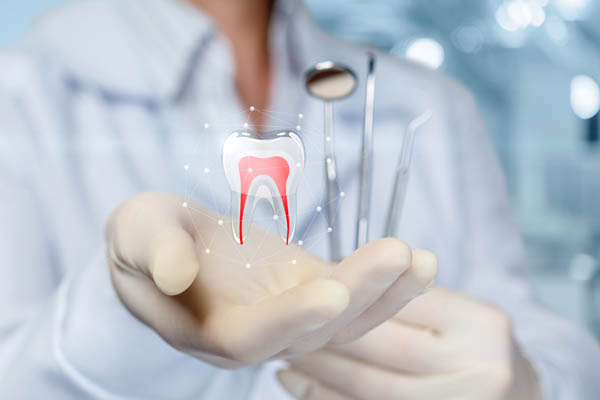 Traditional metal braces and Invisalign® are two of the most common options for teeth straightening. Continue reading to discover the differences between Invisalign and traditional braces. When deliberating between the two options, you might ask questions about their effectiveness and cost. However, the goal is to choose the treatment option that would get the best results.
Traditional metal braces and Invisalign® are two of the most common options for teeth straightening. Continue reading to discover the differences between Invisalign and traditional braces. When deliberating between the two options, you might ask questions about their effectiveness and cost. However, the goal is to choose the treatment option that would get the best results.
An overview of Invisalign vs. traditional braces
The fact that Invisalign aligners are removable and undetectable makes it popular among patients looking to straighten their smiles discreetly. This feature allows patients to take the aligners out to eat, brush, and floss, as well as for special occasions. There is no dietary restriction since these aligners are detachable. This also removes the concern about broken brackets or loose archwires, as with braces.
The transparent plastic trays are practically invisible on the teeth, and treatment may involve as few as 12 or as many as 48 trays, depending on the extent of tooth movement required. The dentist will provide guidelines on how and when to use the aligners. The average length of Invisalign therapy is 6 to 18 months, although this varies from patient to patient. This depends on a patient's commitment to wearing the aligner for the recommended 20 to 22 hours each day since failure to do so may cause therapy to take longer.
Invisalign users should see the dentist every four to six weeks. With each appointment, the dentist will be able to monitor the progress. To ensure the teeth keep moving, patients will swap their aligners every one to two weeks. This is a crucial step in the straightening procedure. Treatment may be delayed if a patient misses dental visits or forgets to change aligners on time.
How are braces different?
Braces are still the most popular option for teeth straightening, considering they existed long before Invisalign was introduced. Braces are not removable, which is the most apparent difference between them and Invisalign. They are, nevertheless, very effective with resolving complicated problems and sometimes work more quickly than Invisalign.
While treatment times vary from patient to patient, braces often take anywhere from 18 months to three years to complete. However, patients will usually notice indications of progress very quickly. The treatment duration with Invisalign is shorter compared to braces.
The quantity of care required for braces is one factor that makes some individuals avoid this option. Patients need to avoid certain meals and visit the dentist regularly to adjust the brackets and wires from time to time. Brushing and flossing is also less fun with wires and brackets standing in the way. The good news is that there are a variety of accessories available to aid dental hygiene regimens.
Ready for a straighter smile?
Regardless of which treatment method you select, both braces and Invisalign can correct dental misalignments while enhancing the smile and oral health. This is a big choice, so it is advisable to discuss it with a dentist who has experience with both Invisalign and traditional braces. They will help you decide the most suitable method to straighten your teeth and get the smile you desire.
Request an appointment or call McCarthy Dentistry at 740-546-5178 for an appointment in our Marietta office.
Recent Posts
If you and your child are interested in an alternative to traditional braces, Invisalign® may be just what you are looking for. It is just as effective at straightening teeth as traditional braces but has certain qualities that make it more tolerable for teenagers.It is usually preferable to wait to delay teeth straightening treatment until…
Like many young people, your teenager may have crooked teeth or bite problems that need correcting. Your dentist may recommend Invisalign® as a treatment option for your teen. Maybe you are familiar with traditional braces — perhaps you wore them yourself when you were younger. However, Invisalign can correct your teen's orthodontic issues while offering…
Invisalign® clear aligner trays are not just for adults; teenagers and some children can also benefit from this treatment system. Many teens prefer Invisalign® over traditional braces because of the numerous advantages it offers, including:Discreet treatment appliancesMore comfort throughout the entire processRemovable trays for improved oral hygieneWhile wearing these trays is easy and relatively effortless,…


